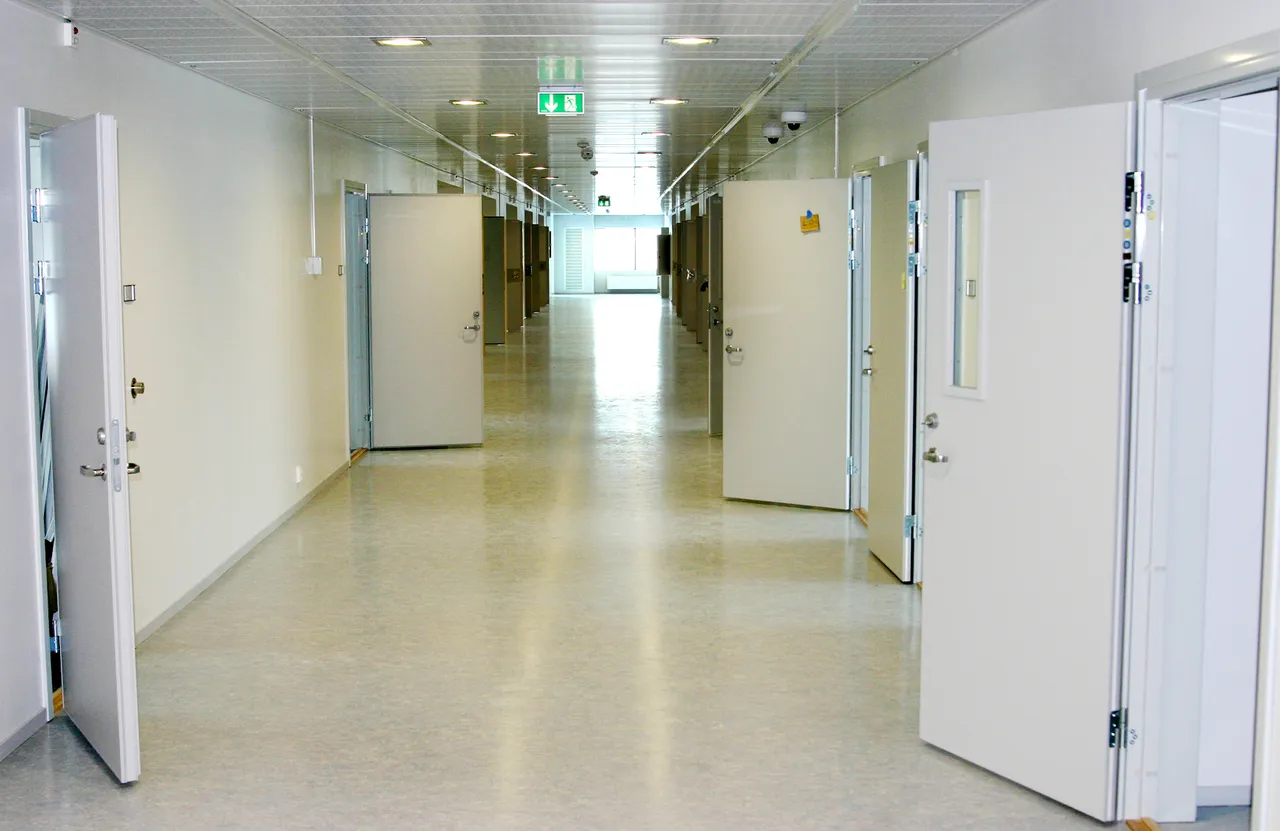Since I have been working as a legal advisor in a Norwegian prison earlier, and the Norwegian prison system is known to be among the better when it comes to relapse, I thought I should give a brief introduction about how the Norwegian prison system works.

Photo: Justis- og politidepartementet (2010). Picture of grafittiart made by Dolk in the yard of Halden prison.
Background and doing time:
When criminals in Norway leave prison, most of them stay out. Only 20% of those that are serving for the first time, get convicted later in life. By comparison, 76.6% of prisoners in US will get arrested again within 5 years.
In january 2016 there where 3679 prisoners behind bars out of a population of around 5,22 million people (1). That is an incarceration of rate 70 per 100,000 people. The US has a rate of 693 per 100,000 people (2).
Most crimes reported to the police in Norway are theft and drug-related, and violent crime is mostly related to drugs and gang-problems.
Length of imprisonment
The average sentence in Norway is around 8 months. The longest prison sentence is 21 years, although a new rule provides for a 30-year maximum sentence for crimes against humanity, genocide and some other war crimes.
In Norway, it is also possible to be sentenced to preventive detention. This means the sentence is indefinite in length. The court will establish a time-frame, which cannot stretch over more than 21 years. The court also has to establish a minimum period which cannot be longer than 10 years, although in some cases the minimum period can be set to 14 years.
After the minimum period of preventive detention has been served, the court may extend the time frame by up to five years at a time, if there still is a risk of serious re-offending. In principle preventive detention may lead to a life-time in prison. As far as I know the longest time someone has spent in prison in Norway is 30 years. That prisoner killed a man in 1986, and in 1989 he killed a prison guard. He is still in prison.

Interior in Halden prison.
The Norwegian mindset of sentences
The Norwegian prison system is built on restorative justice. This means we are trying to resolve conflicts in a way that not only includes the offender, but also the victim, family, friends and community.
One of the main principles is normality. During the serving of a sentence, life inside will resemble life outside as much as possible, with the limitations imposed for security reasons, personnel and financial resources. In accordance with the normality principle, progression through a sentence will be aimed towards getting the prisoners returning to the community. We are trying to grab the individual's problems and help them find a job, give them job experience, finish studies, drug-rehabilitation or whatever they need to live a law-abiding life.
The idea is that the punishment is the restriction of liberty itself, no other rights have been removed and the prisoners has all the same rights as all other who live in Norway.
Therefore no one shall serve their sentence under stricter circumstances than necessary for the security in the community. Prisoners are therefore placed in the lowest possible security regime.
The more closed a system is, the harder it will be to return to freedom. Therefore one normally will proceed gradually towards release by transitioning from high security prisons to lower security prisons, through halfway houses and finally release on probation.
As some of you might have seen, Michael More visited Norwegian prisons, including Bastøy prison, who is a low security prison, situated on an island. This youtube video is a bit exaggerated, but nevertheless shows a bit about the normality principle, and the Norwegian mindset:

Prison guards
Prison guards in Norway undergo a two-year education at the Staff Academy, where they receive full pay and are taught in various subjects like psychology, criminology, law, human rights and ethics. Every prisoner is assigned a contact-officer who assists them in contact with third parties and officials within the correctional facility, teaches them about the prison, and has additional follow-up responsibility for their inmates. Prison guards may interact with the prisoners; they can joke and laugh together, play volleyball, chess, etc. About 40% of the prison staff is females.
Prison guards in Norway are not armed, but can use shields, batons, gas etc. in the event of a situation. The prisons also have cameras, and other security measures, which I unfortunately cannot communicate, because it is exempt from public disclosure.
Summary
In part II, I will tell you about the structure of the prison system in Norway, as well as something about what I see as problem areas and challenges for the Norwegian prison system. If there’s anything your wondering about, please leave a comment, and I would do my best to answer, or write about it in part II.
- http://www.prisonstudies.org/country/norway
- latest updated numbers from prisonstudies.org 29.07.16